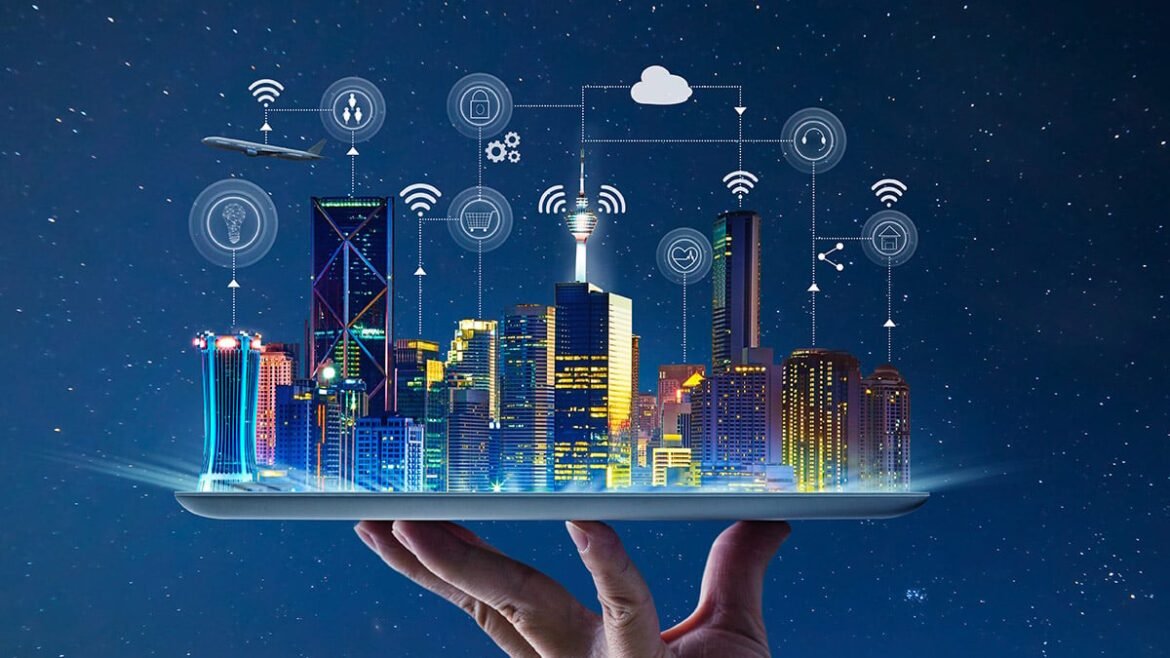
Introduction
Definition of Smart Cities
Smart cities represent a progressive vision for urban environments, blending technology and infrastructure to enhance quality of life for residents. They integrate digital technology, sensors, and data analytics to create sustainable areas that respond to the needs of citizens in real-time. Picture a city where traffic flows seamlessly due to smart traffic lights, waste is managed through efficient collection systems, and energy consumption is minimized using intelligent grids. This is the essence of what smart cities strive to achieve—a harmonious fusion of innovation and daily living.
Importance of Smart Cities in Urban Development
The importance of smart cities in urban development cannot be overstated. As global populations continue to surge, cities face unprecedented challenges, including congestion, pollution, and resource management. Smart cities present solutions by:
- Enhancing Operational Efficiency: By utilizing technologies like the Internet of Things (IoT), cities can monitor systems in real-time, leading to quicker responses to issues or breakdowns.
- Improving Sustainability: Comprehensive strategies, such as renewable energy integration and green building practices, help reduce the environmental footprint.
- Fostering Community Engagement: Smart technology encourages citizen participation through platforms that gather feedback or entail public discussions about urban planning.
For instance, a personal experience in a smart city like Barcelona illustrates this transformation. The city’s urbanistic strategies have integrated extensive bike lanes and smart rental services, promoting sustainable transportation and significantly reducing congestion.
Thus, in navigating towards the future of smart cities, these innovations play a central role in shaping resilient and adaptable urban landscapes. The combination of technology and community engagement provides not just solutions, but also a foundation for future generations to thrive.

Technological Innovations in Smart Cities
Internet of Things (IoT) Applications
One of the most groundbreaking aspects of smart cities is the harnessing of the Internet of Things (IoT). This refers to the interconnected network of devices that communicate and share data, creating a thriving urban ecosystem. Imagine walking through your neighborhood where:
- Smart streetlights automatically adjust brightness based on pedestrian or vehicle presence.
- Environmental sensors monitor air quality and notify city officials about pollution levels in real-time.
- Smart waste bins alert collection services when they’re full, optimizing waste management routes.
I recall visiting a smart city trial project that showcased these applications in action. As I strolled through the streets of Singapore, I noticed how the integration of IoT not only improved daily life but also encouraged a sense of community. Residents were more engaged, thanks to effortless access to information about public services and local events.
Big Data and Analytics for Urban Planning
In tandem with IoT, big data and analytics play a pivotal role in shaping smart cities. They gather vast amounts of information from various sources, which can guide urban development. By analyzing this data, city planners and officials can:
- Understand traffic patterns and plan roads and public transport accordingly.
- Track resource consumption to identify inefficiencies and reduce costs.
- Enhance public safety by analyzing crime trends and deploying police forces more strategically.
For example, a city that uses predictive analytics can anticipate peak times for public transportation, improving service schedules and reducing waits for commuters. It’s remarkable how cities are becoming more responsive thanks to innovations that combine technology with strategic planning.
The role of these technological advancements in creating functional, cohesive communities is evident, setting the stage for the future of smart cities.
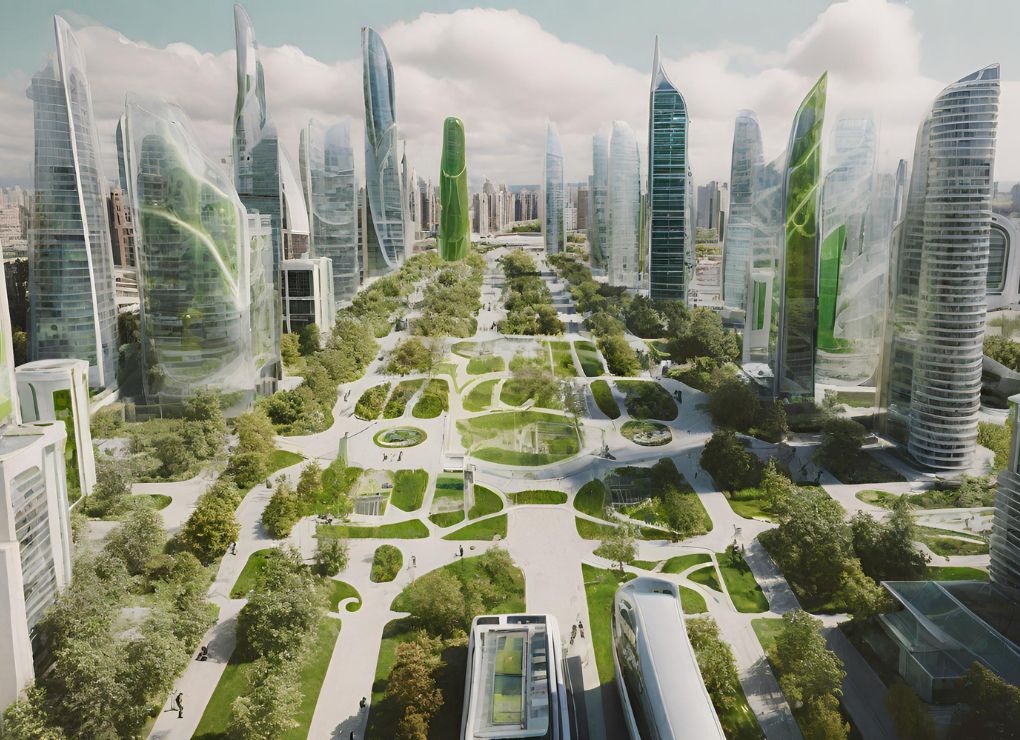
Sustainable Infrastructure in Smart Cities
Green Building Technologies
Continuing the journey into the future of smart cities, sustainable infrastructure emerges as a critical element. One key focus is the adoption of green building technologies. These innovative practices aim to minimize environmental impact while maximizing energy efficiency. Imagine stepping into a building that:
- Utilizes high-performance insulation to reduce heating and cooling costs.
- Integrates smart systems to monitor energy usage and promote conservation automatically.
- Incorporates living walls or urban gardens that not only enhance aesthetics but also improve air quality.
During a recent visit to a green-certified office complex in Amsterdam, I witnessed firsthand how these technologies reshape urban landscapes. Not only did the building offer breathtaking views of nature, but it also boasted advanced systems such as rainwater harvesting and solar panels, showcasing an impressive commitment to sustainability.
Renewable Energy Integration
As we explore further realms of sustainable infrastructure, renewable energy integration stands out as a vital strategy for smart cities. This approach focuses on harnessing natural resources to power urban areas, effectively reducing dependence on fossil fuels. Key examples of renewable energy solutions include:
- Solar panels installed on rooftops that convert sunlight into electricity.
- Wind turbines that capitalize on urban breezes to generate energy.
- Biomass systems that utilize organic waste to produce energy.
In a memorable experience at a sustainable rooftop garden in Toronto, I learned how the building’s renewable systems efficiently interacted with energy grids, providing surplus power back to the community. This not only reduces energy costs but also contributes positively to the environment.
These sustainable innovations form the backbone of smart cities, making them not just livable but also resilient against the challenges of climate change. Through green building technologies and renewable energy integration, cities can pave the way for a healthier, more sustainable future.
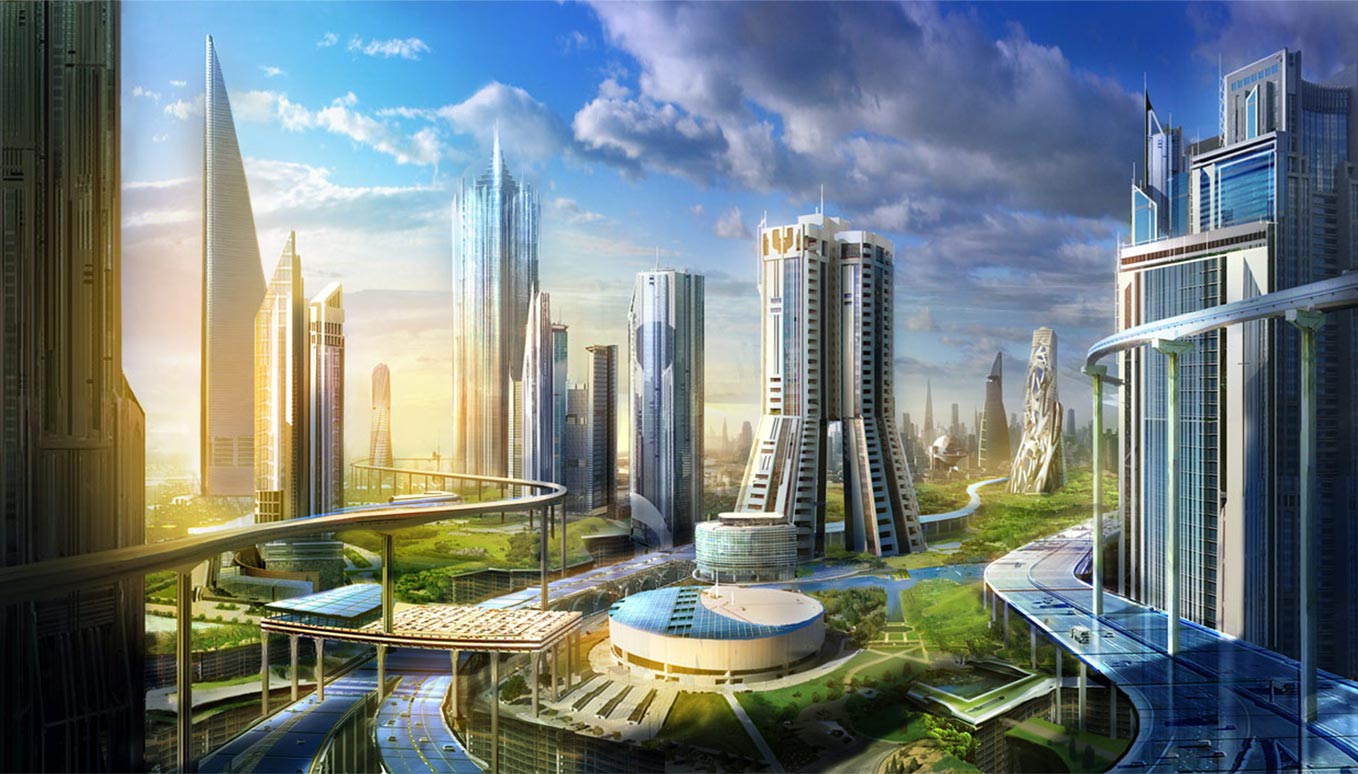
Smart Mobility Solutions
Electric and Autonomous Vehicles
Transitioning from sustainable infrastructure, smart mobility solutions are reshaping how we move within urban environments. A significant aspect of this evolution is the rise of electric and autonomous vehicles (EVs and AVs). These vehicles not only promise to reduce carbon emissions but also enhance urban accessibility. Picture this:
- EVs that drive silently and offer zero emissions, significantly reducing air pollution.
- Autonomous vehicles equipped with advanced sensors and AI, navigating our streets safely without human intervention.
During a recent test ride in a self-driving car in San Francisco, I was fascinated by how smoothly the vehicle operated, intelligently interacting with other traffic. The potential for such technology to ease congestion and lower accident rates presents a bright outlook for future urban commuting.
Traffic Management Systems
In tandem with these advancements, robust traffic management systems play a pivotal role in ensuring smooth mobility within smart cities. Using real-time data and analytics, these systems optimize traffic flow and enhance public transportation effectiveness. Consider how they can:
- Adjust traffic signals dynamically based on the current traffic conditions to minimize delays.
- Provide real-time traffic information to commuters via mobile apps, helping them choose the best routes.
- Integrate public transportation schedules into navigation apps, allowing for seamless transitions between different modes of transport.
Reflecting on my experience of using a city’s integrated navigation app during rush hour, I was impressed by how it suggested alternative routes and estimated travel time efficiently, preventing unnecessary stress.
By combining electric and autonomous vehicles with advanced traffic management systems, smart cities are not just enhancing mobility; they are reinventing urban life. Emphasizing clean and efficient transportation solutions will not only lead to happier commuters but also foster a sustainable environment for future generations.

Enhancing Public Services through Smart Technology
Smart Waste Management
Building on the advancement of smart mobility solutions, we now delve into how smart technology is revolutionizing public services, particularly in waste management. Waste collection systems have historically been inefficient, but innovative smart solutions are setting new standards. Consider the features that make a difference:
- Sensor-equipped bins that monitor waste levels, notifying teams when they need to be emptied.
- Route optimization algorithms that ensure collection trucks follow the most efficient paths, saving time and resources.
- Mobile apps that inform residents about collection schedules, recycling guidelines, and even allow them to report overflowing bins.
In a recent visit to a smart city pilot program in Stockholm, I observed how these systems improved operational efficiency and reduced environmental impact. Simply put, fewer trucks on the road meant less pollution, a concept that resonated with residents eager for a cleaner community.
Smart Healthcare Systems
Transitioning to another crucial public service, smart healthcare systems are also transforming how cities support the health of their residents. By integrating technology into healthcare delivery, cities can enhance accessibility and improve patient outcomes. Key attributes of smart healthcare include:
- Telemedicine services that allow residents to consult with healthcare professionals remotely, especially beneficial during emergencies.
- Wearable health devices that monitor vital signs and send data directly to healthcare providers for real-time tracking.
- Health information platforms that facilitate the sharing of medical records, enabling coordinated care between various providers.
Reflecting on my interaction with a telehealth service during a recent flu season, I found it incredibly convenient to consult a doctor from the comfort of my home. Such systems not only minimize waiting times but also foster a proactive approach to health management.
These smart solutions in waste management and healthcare showcase how technology is enhancing public services, ultimately leading to more efficient, safer, and responsive urban environments. As cities continue to embrace these innovations, residents can look forward to improved quality of life and increased civic engagement.
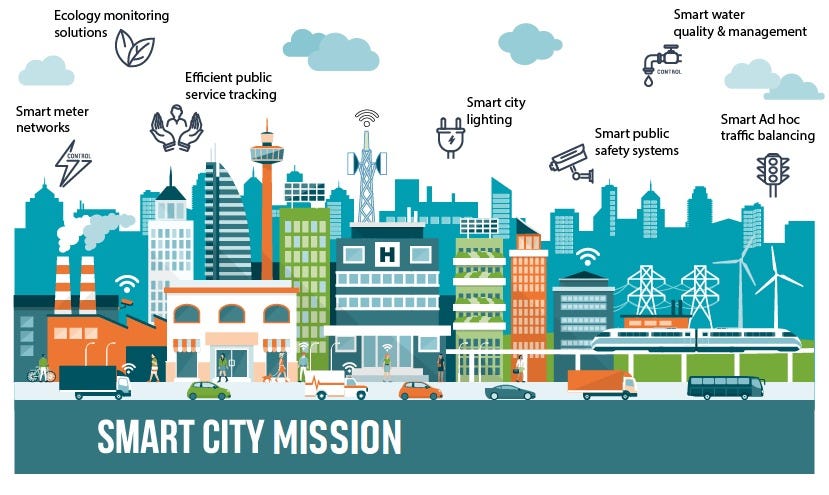
Challenges and Considerations in Smart City Implementation
Data Privacy and Security
As we embrace the advancements of smart technologies enhancing public services, it’s equally important to address the challenges that accompany smart city initiatives. One of the foremost concerns is data privacy and security. With cities collecting vast amounts of data to optimize services, safeguarding that information is crucial. Here are key considerations:
- Sensitive information: Personal data from citizens can be vulnerable to breaches or misuse.
- Surveillance concerns: Increased surveillance to enhance safety may infringe upon individual privacy rights.
- Regulatory frameworks: Establishing clear guidelines for data collection and use is essential to protect residents.
I recall an illuminating conversation with a cybersecurity expert during a smart city conference, who emphasized the importance of using effective encryption methods and robust data governance policies. Without these measures, the potential benefits of smarter urban environments might be overshadowed by the risks of compromised data.
Inclusivity and Digital Divide
Another critical aspect in the journey toward smart cities is inclusivity and the digital divide. While technology can enhance lives, it may also widen gaps between those who have access to digital tools and those who do not. Key challenges include:
- Access to technology: Not everyone has the latest devices or high-speed internet, limiting participation in smart initiatives.
- Digital literacy: Many citizens may lack the skills to utilize new technologies effectively.
- Equitable services: Ensuring all community members benefit from smart city developments is vital.
During a recent community engagement event, I noticed the organizers made a point to offer training sessions on using smart apps and services, highlighting their commitment to promoting inclusivity.
As smart cities continue to evolve, addressing these challenges will require collaborative efforts from governments, tech innovators, and engaging citizens. By prioritizing data privacy and ensuring equitable access to technology, urban environments can truly thrive, reflecting the needs of all residents and enhancing their well-being.
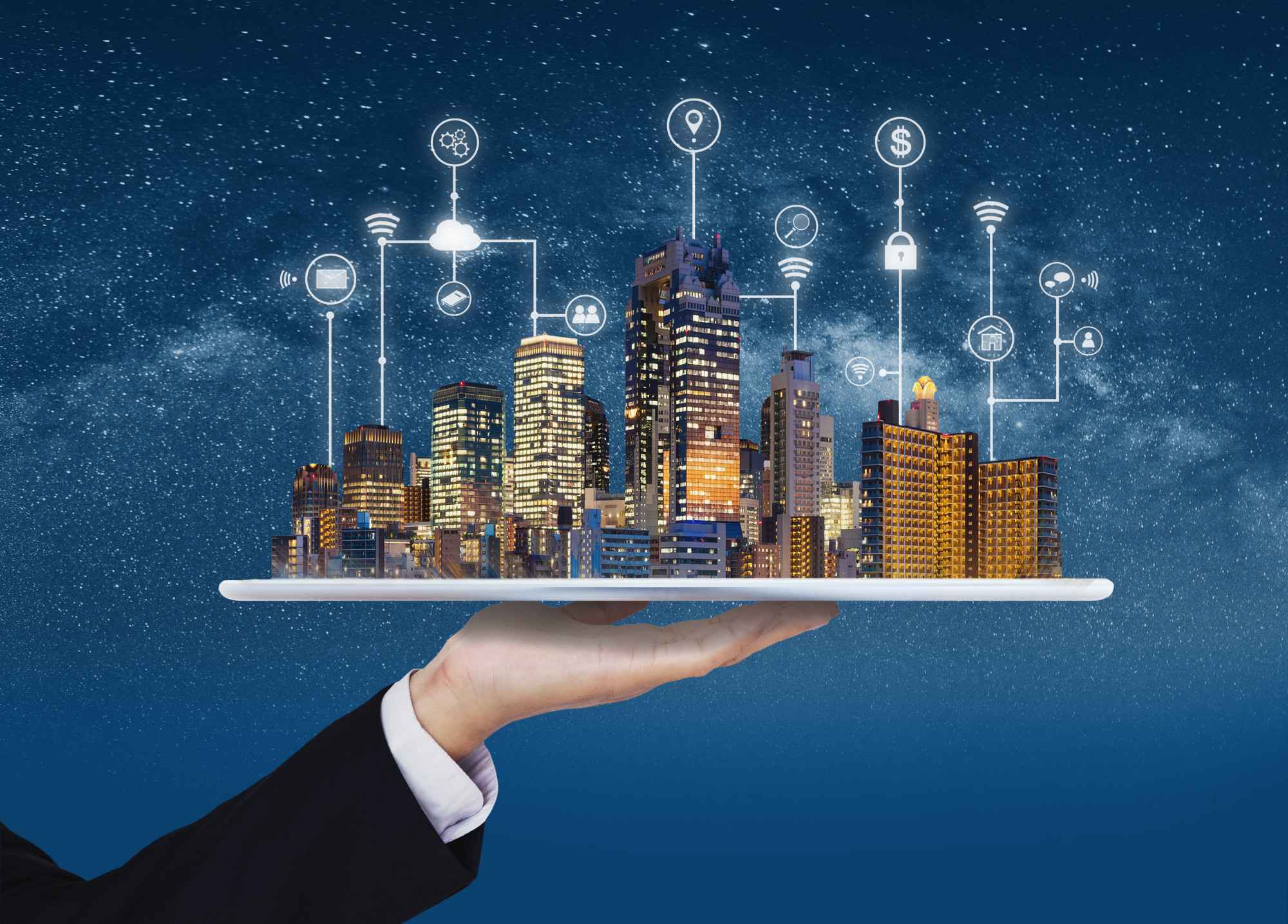
Future Trends in Smart City Development
AI and Machine Learning in Urban Governance
As we reflect on the challenges faced in smart city implementation, looking forward brings us to the exciting trends shaping the future of urban development. One standout trend is the integration of artificial intelligence (AI) and machine learning in urban governance. These technologies hold immense potential to transform how city administrations operate. Imagine cities equipped with:
- Predictive analytics that forecast traffic patterns, helping to alleviate congestion before it happens.
- Smart resource allocation systems that optimize services such as waste management based on collected data.
- AI-driven decision-making tools that analyze community feedback and needs to prioritize projects that truly matter to residents.
During a recent panel discussion, I heard from an urban planner who successfully implemented an AI-driven traffic management system reducing commute times by 20%. Their experience painted a vivid picture of how leveraging these technologies could make urban living more efficient and enjoyable.
Augmented Reality for Citizen Engagement
Another innovative trend is the use of augmented reality (AR) to boost citizen engagement. By creating interactive experiences that overlay digital information onto the physical world, AR offers exciting opportunities for residents to connect with their city. Consider how AR can:
- Visualize urban planning proposals in real-time, allowing citizens to see potential changes to their neighborhoods.
- Enhance historical tours, providing rich context and engaging narratives about city landmarks through mobile apps.
- Facilitate participatory budgeting, where citizens can use AR to visualize the impact of budget allocations on local projects.
I recall attending an AR workshop where participants could “walk through” proposed infrastructure developments via their smartphones. This immersive approach fostered lively discussions, reflecting how excited citizens felt to be part of shaping their urban landscape.
As we embrace these future trends in smart city development, the potential for AI, machine learning, and augmented reality to enhance everyday urban experiences is truly exciting. These advancements not only improve efficiencies but also promote a deeper connection between residents and their cities, paving the way for vibrant, engaged communities.

Collaborative Partnerships for Smart City Success
Public-Private Partnerships
As we delve into the future of smart city development, one essential component stands out: collaborative partnerships. To ensure smart city initiatives flourish, public-private partnerships (PPPs) have emerged as a powerful strategy. These partnerships leverage the strengths of both sectors, resulting in innovative solutions and more efficient service delivery. Here’s how they contribute to smart city success:
- Resource sharing: Private entities often bring technological expertise and capital, while public institutions provide regulatory frameworks and a community focus.
- Innovation acceleration: Collaborative projects can lead to rapid development and implementation of smart solutions, like smart transportation systems.
- Risk mitigation: By combining resources and knowledge, PPPs can help distribute risks associated with large-scale urban projects.
In my experience attending a city council meeting, I was fascinated by the partnership with a tech company that developed a smart waste management system. This collaboration not only improved waste collection efficiency but also introduced job opportunities for local residents.
Citizen Engagement and Co-Creation Initiatives
Alongside PPPs, enhancing citizen engagement through co-creation initiatives is key to smart city success. Involving residents in the planning and execution of urban projects ensures that services meet their needs and fosters a sense of ownership. Some impactful approaches include:
- Participatory design workshops where citizens brainstorm solutions for local challenges.
- Online platforms for sharing ideas and providing feedback on city projects and services.
- Public forums that encourage discussions about urban development priorities, enabling voices from diverse communities to be heard.
At a recent community co-design event, I witnessed residents collaborating with urban designers to envision a new park. The excitement and sense of agency in the room were palpable, illustrating how citizen involvement can lead to tailored solutions that reflect community desires.
In conclusion, the intersection of public-private partnerships and citizen engagement will be pivotal for the success of smart cities. These collaborative efforts are essential in creating urban environments that not only harness innovation but also prioritize the needs and aspirations of their residents, truly paving the way for sustainable urban living.
